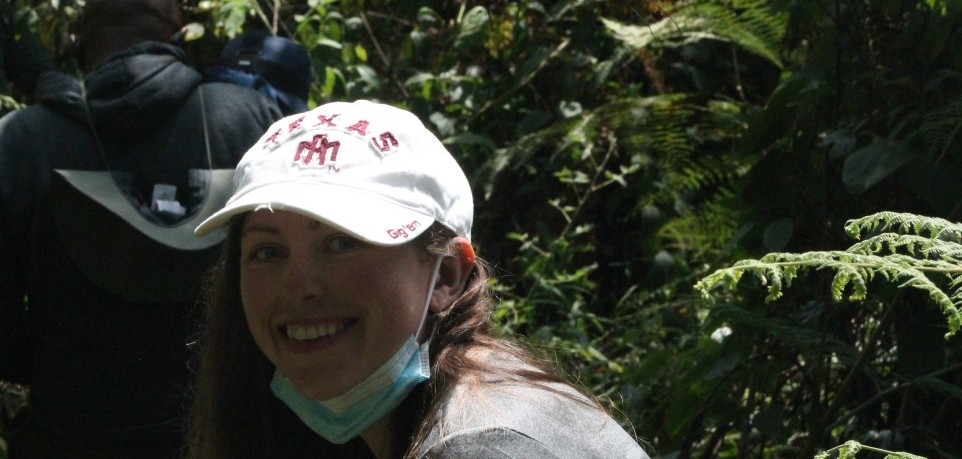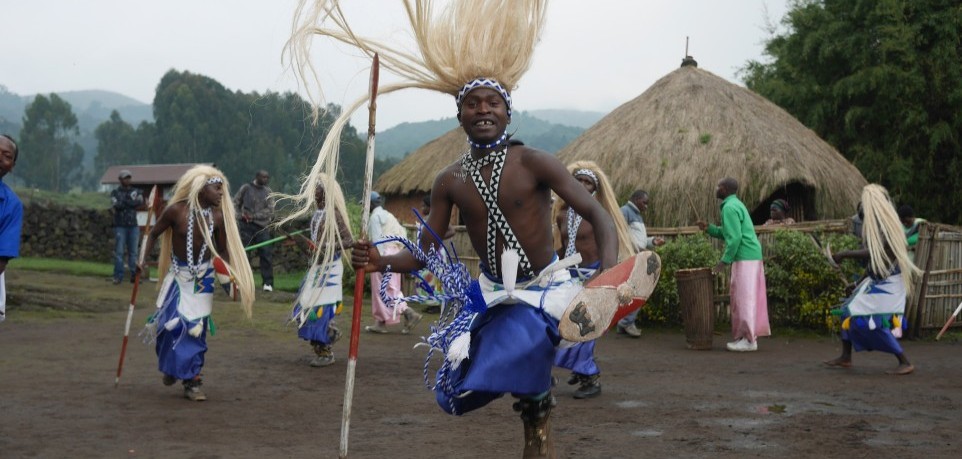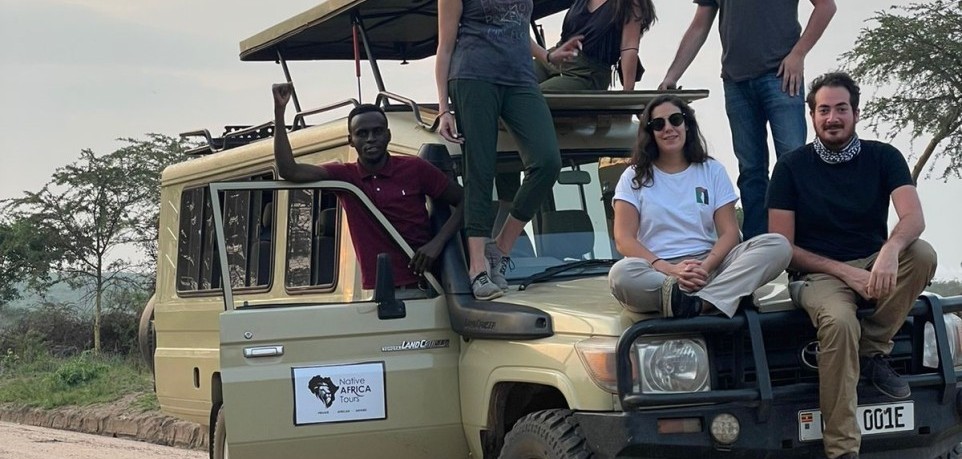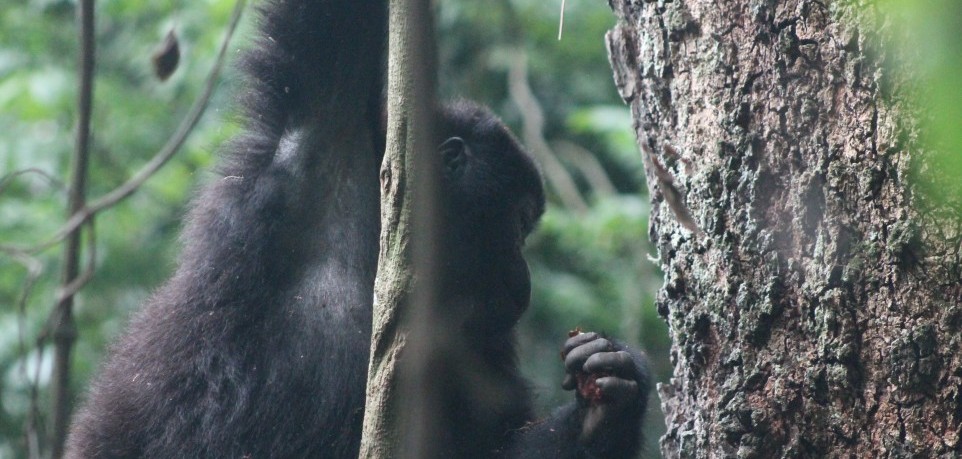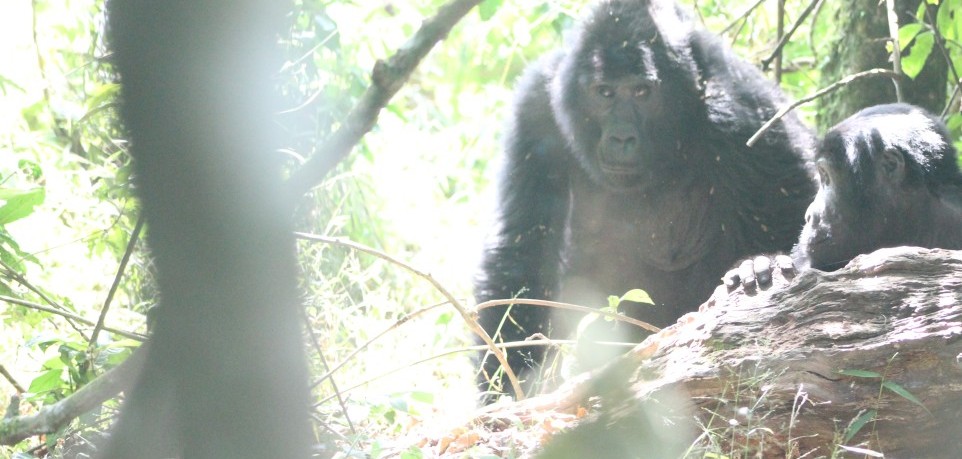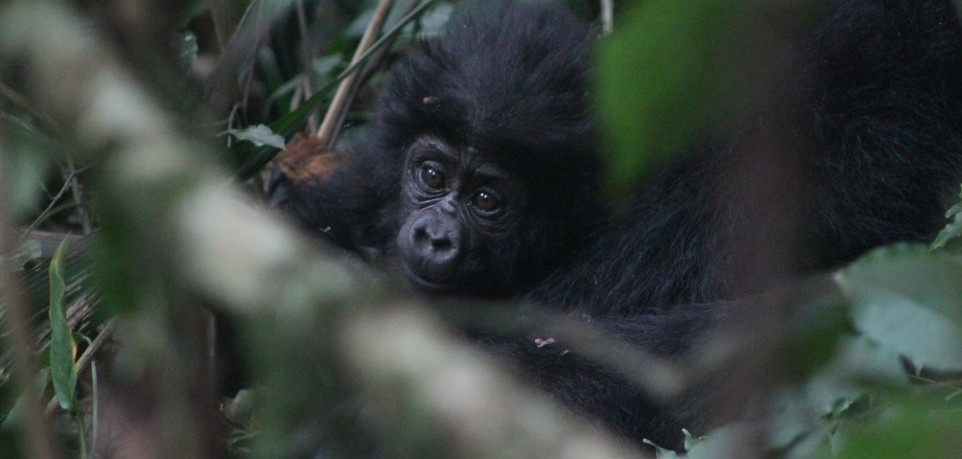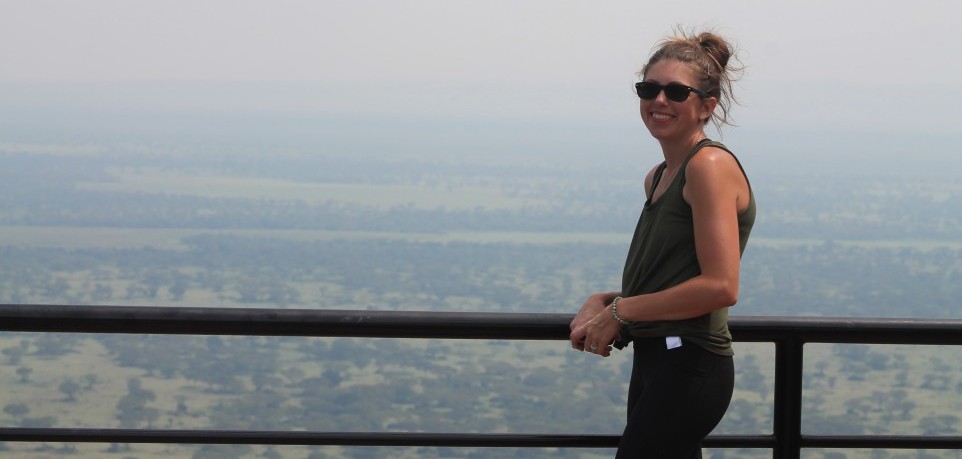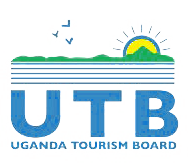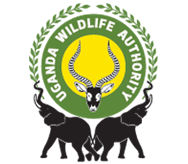Gorilla Habituation Experience
Gorilla habituation experience allows you to spend more time in the presence of gorillas, unlike gorilla trekking. Unforgettable link deep within the continent of Africa’s lush foggy untouched nature. Get surrounded by trees, fix your gaze on the colossal creatures, listen to the sweet sounds, and take a deep breath of the jungle. A gorilla habituation experience is an excellent way for relatives to bond with the Gorillas in their Kingdom, which is ruled by a single alpha male with a silver lining at the back (a silverback). You have plenty of time with the rare apes, with no rush, noise, or terror, among other things.
These creatures can only be found on the African continent, in the huge Virunga mountain ranges, which run across Rwanda’s northwestern region, the Democratic Republic of Congo’s eastern province, and Uganda’s southwestern region.
Gorillas are the world’s largest ape species, according to studies. They are shy but gentle creatures with black fur covering their entire bodies except for the nose, eyes, and face. According to some studies, gorillas and humans have the same ancestral lineage and share 98 percent of the same DNA. Their body form, habits, and strategies demonstrate this. They literary eat grass, roots, stalks, and other vegetation, along with insects on rare occasions, which is why a gorilla habituation experience is the way to go.
What is gorilla habituation?
The process of educating gorillas to adapt to and become accustomed to the presence of humans is known as gorilla habituation. What is known is that these species are wild, and the high-altitude, deep-in-the-forest environments in which they live are quite unfamiliar to humans. As time goes on, the gorillas lose their fear of humans.
The apes are baptized with names, placed through a training exercise, and then released for trekking by tourists to the jungle during the habituation practice. It is possible for people who come into contact with gorillas to name them. The training of wild gorillas to acclimatize to humans can take anywhere from 2 to 3 years, depending on the number of researchers, tourists participating in the hiking exercise, and ranger guides involved.
Having more experience allows you to approach the apes, snap photos, and observe their unique characteristics. The event is open to everyone interested, not just the researchers and ranger guides. It is more intriguing and unique than the hour-long gorilla trekking experience.
Uganda is located in East Africa, surrounded by the Democratic Republic of Congo, the Republic of Kenya, South Sudan, Rwanda, and the Republic of Tanzania. It is the only country in the world that offers gorilla habituation experience. It’s a small country with a diverse spectrum of biodiversity, including animals, lush, and much more. The misty jungle of Bwindi Impenetrable National Park and Mgahinga Gorilla National Park, both in the southwestern region of the country, are home to half of the world’s mountain gorillas.
Visitors spend four hours with the animals, interacting with them and watching them feed, play, and fight. The day begins with a visit to the park headquarters, where a ranger guide will brief you on the dos and don’ts of trekking before taking you to the jungle for the ultimate pastime. Under normal circumstances, only a maximum of four individuals with a valid trekking permit are allowed to visit the Gorilla family. The number limit is in place to ensure that the apes are not stressed, that their habitat is not harmed in any way, and that everyone on the excursion has the best possible experience.
Getting to their domain can take anything from 1 to 4 hours, depending on your fitness and pace and then there’s the actual workout. See a Gorilla smile, mothers breastfeed, young stars same salt, and the silverback protects the entire family from any harm. Despite their enormous size and look, gorillas are quite amiable creatures who enjoy entertaining newcomers to their territory.
It is critical to remember and respect the trekking regulations provided at the outset of the activity when you gain access to these relatives. This exercise includes no making noise in the jungle because it disrupts the Rhythm of the Jungle, no smoking, and no flash photography. After all, the gorillas despise it, and no littering the park; stand at least a few meters away from the Gorillas because, by the end of the 4 hours, the Gorillas will have approached you. In case of a cough, make sure you cover your mouth with your elbow to save the Apes from human-transmitted illness. Be confident while with the Apes, though they charge, or run around.
The habituation experience is a dream come true at Bwindi Impenetrable National Park, home to the world’s biggest concentration of mountain gorillas. There are around 19 gorilla families in the park, which are divided into four areas. These include the Katwe, Habinyanja, Mubare, and Rushegura sectors in the Buhoma sector in the northern area. Bitukura, Kyaguriro and Oruzogo in Ruhija sector in the eastern side. Nkuringo sector in the southern area with Nkuringo family, Christmas, and Bushaho families. Bweza, Nshongi, Busingye, Mishaya, and Kahungye in the Rushaga sector in the southeast. Depending on the reproduction rate and when the groups separate, these numbers and families can change.
The habituation experience began in 2014, in the Rushaga area of the park’s southern section. By 2017, more visitors had come in, making the activity more popular. There are two gorilla families in the sector that are not open for tracking but rather research and only habituation experience.
The total number of gorilla groups in the Rushaga sector includes; the Rwigi group with about 10 members, the Mucunguzi family with 12 members, the Nshongi group with over 25 members, the Bikini group with about 10 members, Kayungye family with over 13 members, Bweza family with 10 members, Busingye with 13 members and Mishaya family with over 10 members of which only two set apart for gorilla habituation experience.
Cost of gorilla habituation experience
Gorilla habituation experience in the Rushaga Sector costs $1500 per person for only those aged 15 and above, while East African citizens pay 750,000 UGX. This money goes towards gorilla conservation, community contributions outside of the park, and paying your ranger guide and the conservation team. The Uganda Wildlife Authority headquarters in Kampala or Kasese can provide gorilla trekking permits, which can be obtained through a travel operator or Uganda Wildlife Authority headquarters in Kampala. Because of the high demand for permits, it is best to plan your trip at least six months ahead of time. The majority of the tickets are non-refundable and the activity is accessible to those with disabilities.
Other activities in the Rushaga sector
Gorilla trekking
If you’re short on time or money, seeing the face of a gorilla in the Rushaga area is the ultimate experience. The walk takes between 2 to 8 hours, plus an additional hour to see the uncommon apes’ distinct personalities and mannerisms. Deep in the jungle, the journey provides unforgettable memories and challenges. A gorilla trekking permit, which costs 700 USD for a foreign non-resident, 600 USD for a foreign resident, and 250,000 UGX for Ugandan and East African residents, is required.
During your visit to Bwindi Impenetrable National Park, you can also participate in guided nature walks, bird watching, and many other activities.
Best time to do gorilla habituation experience
If there is any better time for having a Gorilla trekking habituation experience, that time is during dry seasons – June to September and late December to February. When the place is dry, with no threat of an abrupt downpour, then you can peacefully spend the four hours of uninterrupted photography with these apes.
Accessing the national park
For a gorilla habituation experience, you will choose to spend most of the day on the road from the capital Kampala to Bwindi’s impenetrable National Park via the Kampala – Mbarara – Kabale highway.
By air, depart from Entebbe International Airport / Kajjansi airstrip to Kihiihi airstrip in Kanungu district – north of Bwindi Impenetrable National Park. Other travelers can connect from Rwanda through the Cyanika border post to Kisoro in the south, or from The Democratic Republic of Congo via the Bunagana border post in the west.
Accommodation
The good news is this, though the Gorilla trekking Habituation experience lasts for the entire day, you will not need to worry about accommodation, because so many are still available in the Rushaga sector, ranging from budget to luxury, with amazing views, meals, ambiance and so much more. Some notable lodges include; Rushaga Gorilla Camp, Gorilla Valley Lodge, Nshongi Camp, Gorilla Safari Lodge, Chameleon Hill Lodge, and Ichumbi Gorilla Lodge. The lodges are affordable and quite close to gorilla habituation and gorilla trekking starting points.
What to carry for a Gorilla Habituation Experience?
Most travelers find this to be one of the most difficult decisions they face, with many people parking more than they anticipated. A professional camera for photos, binoculars for observing distant creatures, a trekking permit, a good waterproof rain court, insect repellent for the mosquitoes in the forest, a water bottle to keep your drinking water during the trek, gloves to protect your hands, long stockings for the legs, strong waterproof shoes and so much more items should be on your packing checklist. A gorilla habituation experience is a once-in-a-lifetime opportunity to learn about the lives of gorillas, man’s closest relatives. It is only available in the Republic of Uganda, thus this is an invitation for you to participate.



